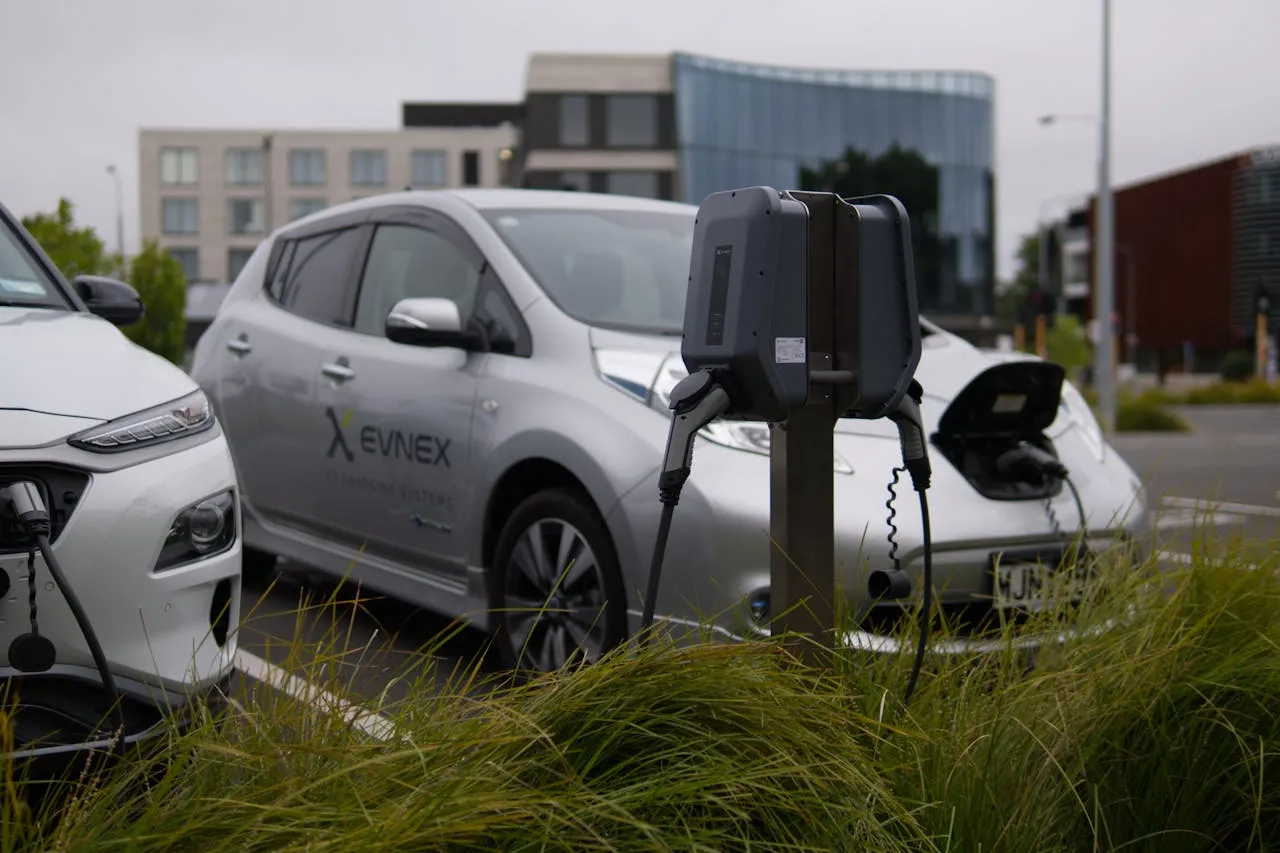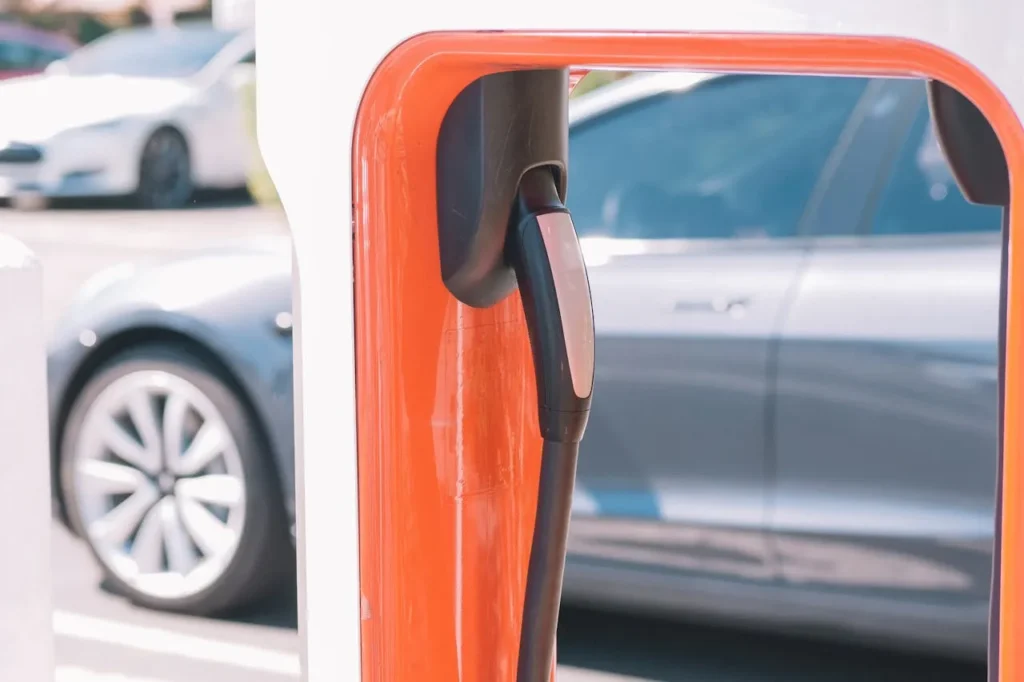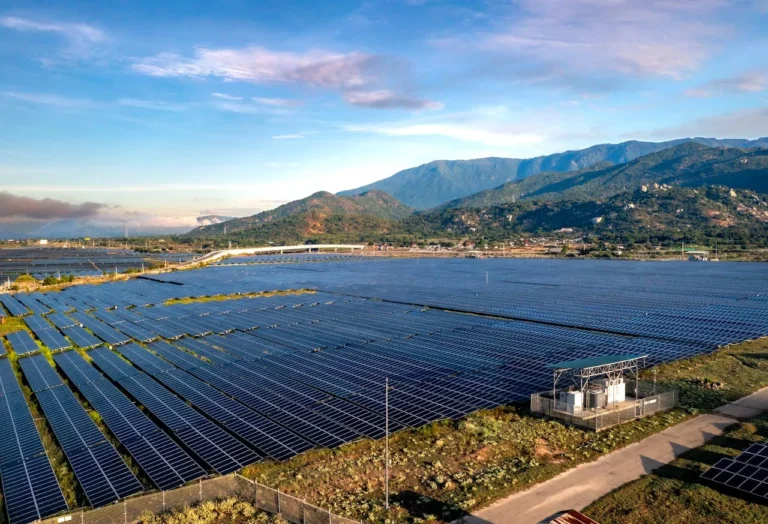
ChargePoint Unveils Breakthrough in AC EV Charging: Next-Gen Bidirectional Architecture Set to Revolutionize the Industry
ChargePoint Holdings, Inc., a recognized leader in electric vehicle (EV) charging networks and solutions, has announced a significant technological advancement that promises to transform the landscape of AC Level 2 charging. In a bold move set to redefine expectations across both residential and commercial EV charging, ChargePoint has introduced a groundbreaking architecture designed to deliver ultra-fast bidirectional charging—capable of operating at speeds up to twice that of conventional AC Level 2 chargers currently available on the market.
With applications ranging from single-family homes to large-scale fleet operations, this new AC charging platform supports ChargePoint’s vision for a connected, flexible, and energy-resilient future. According to the company, the platform will initially support models sold across both North America and Europe and is designed with the versatility needed to serve a wide spectrum of use cases: residential, commercial, and fleet.
A Vision for Revolutionary, Not Evolutionary, EV Charging
“ChargePoint’s next generation of EV chargers will be revolutionary, not evolutionary,” stated Hossein Kazemi, Chief Technical Officer of Hardware at ChargePoint. “The architecture underpinning them enables highly anticipated technologies which will deliver a significantly better experience for station owners and the EV drivers who charge with them.”
Kazemi’s statement reflects a broader strategic commitment by ChargePoint to lead the industry with innovation rather than incremental improvements. As EV adoption accelerates and energy systems become more decentralized, the company sees an opportunity to reshape the user experience—delivering faster charging speeds, smarter energy integration, and unprecedented flexibility through bidirectional charging.
Key Features and Technological Innovations
The newly announced AC Level 2 platform boasts a host of next-generation capabilities, many of which have long been discussed within the industry as future possibilities but have yet to be realized at scale—until now. Among the most prominent features are:
Bidirectional Charging & Vehicle-to-Everything (V2X)
Perhaps the most impactful innovation is the introduction of bidirectional charging, commonly referred to as Vehicle-to-Everything (V2X). This technology allows energy to flow not just from the grid into the vehicle, but also from the EV back to a home, building, or power grid. This shift enables the vehicle to act as a mobile energy storage unit, capable of serving as a zero-emission generator.
For homeowners, this means the EV can help power the household during peak demand periods or in the event of an outage. In commercial settings, bidirectional charging opens new possibilities for demand-side energy management, backup power systems, and participation in energy markets via grid services.

Ultra-Fast AC Charging Speeds
The new chargers are engineered to deliver significantly faster AC charging, with speeds of up to 19.2 kilowatts (kW) in North America (80 amps, single-phase) and 22 kW in Europe (32 amps, three-phase). These figures represent up to double the capacity of standard Level 2 AC chargers on the market today.
At these speeds, a typical EV battery can be charged from 0% to 100% in roughly four hours—a compelling proposition for drivers looking for faster turnaround times without relying on more expensive and infrastructure-intensive DC fast charging options.
Dynamic Load Balancing
Another cornerstone of the new architecture is dynamic load balancing, a smart energy management capability that intelligently distributes available electrical power based on real-time demand. If energy is not being consumed elsewhere in the building—for instance, during off-peak hours—the system automatically reallocates more power to the EV charger, accelerating charging without overloading the electrical infrastructure.
This is especially valuable in shared spaces like commercial buildings, apartment complexes, or fleet depots, where multiple systems draw from a common energy source. Dynamic load balancing helps avoid costly upgrades to electrical service capacity while optimizing performance.
Smart Home and Renewable Energy Integration
The system has been designed to integrate seamlessly with modern smart homes and energy ecosystems, supporting interoperability with solar photovoltaic systems, battery storage units, and intelligent home energy management platforms. This integration makes it possible for homeowners to optimize when and how they charge their EVs—for example, charging during periods of excess solar generation or when electricity rates are at their lowest.
By synchronizing charging with renewable energy production, ChargePoint’s architecture empowers drivers to maximize the sustainability of their transportation while reducing overall energy costs.
Scalability Through Series Wiring
Another practical innovation introduced is the architecture’s support for series wiring, a feature that simplifies the process of installing multiple charging units without needing major electrical upgrades. Whether it’s a fleet operator with dozens of vehicles, a multifamily housing complex, or a residential garage with two EVs, this capability enables scalable deployment of charging infrastructure while minimizing installation costs and complexity.
Universal Connector Compatibility via ChargePoint® Omni Port
To further improve user convenience and reduce compatibility challenges, ChargePoint has developed the Omni Port, a universal interface that allows North American EVs with different connector types to charge from a single station. This helps future-proof installations by supporting a variety of vehicles without the need for dedicated hardware for each car type—reducing both operational costs and installation footprint.
Built on a Legacy of Market Leadership
The release of this new AC Level 2 architecture is the latest step in ChargePoint’s nearly 20-year journey as a pioneer in the EV charging industry. The company currently holds an estimated 61% of the public AC Level 2 charging market share in the United States, according to data from the Alternative Fuels Data Center (AFDC).
This leadership is not just measured in market share but in technological influence, as ChargePoint has consistently pushed the boundaries of what EV charging infrastructure can do—from cloud-based network services to cutting-edge hardware innovations.
Global Rollout and Regulatory Compliance
ChargePoint’s next-generation architecture is designed to meet a wide range of regulatory and industry standards. In Europe, it will comply with MID (Measuring Instruments Directive) and Eichrecht regulations, both of which govern the accuracy and transparency of energy transactions. In the United States, the system is expected to meet ENERGY STAR® certification requirements, ensuring high efficiency and low standby energy consumption.
According to the company, the first chargers based on the new platform will become available in European markets by the summer of 2025, with North American availability following later that year.
Transforming the Future of EV Charging
The implications of ChargePoint’s next-generation AC Level 2 charging platform are wide-ranging. By dramatically increasing charging speeds while simultaneously enabling vehicle-to-grid functionality and intelligent energy management, the architecture helps address many of the current bottlenecks in EV adoption.
Moreover, by offering a robust, flexible, and scalable solution suitable for diverse applications—residential, commercial, and fleet—the system provides a much-needed bridge between today’s infrastructure and tomorrow’s fully integrated energy ecosystems.
As the transition to electric mobility accelerates, innovations like these will play a critical role in ensuring that infrastructure keeps pace with demand. With this announcement, ChargePoint has not only cemented its position as a leader in the EV charging space but also signaled its commitment to shaping the future of clean transportation and smart energy.










